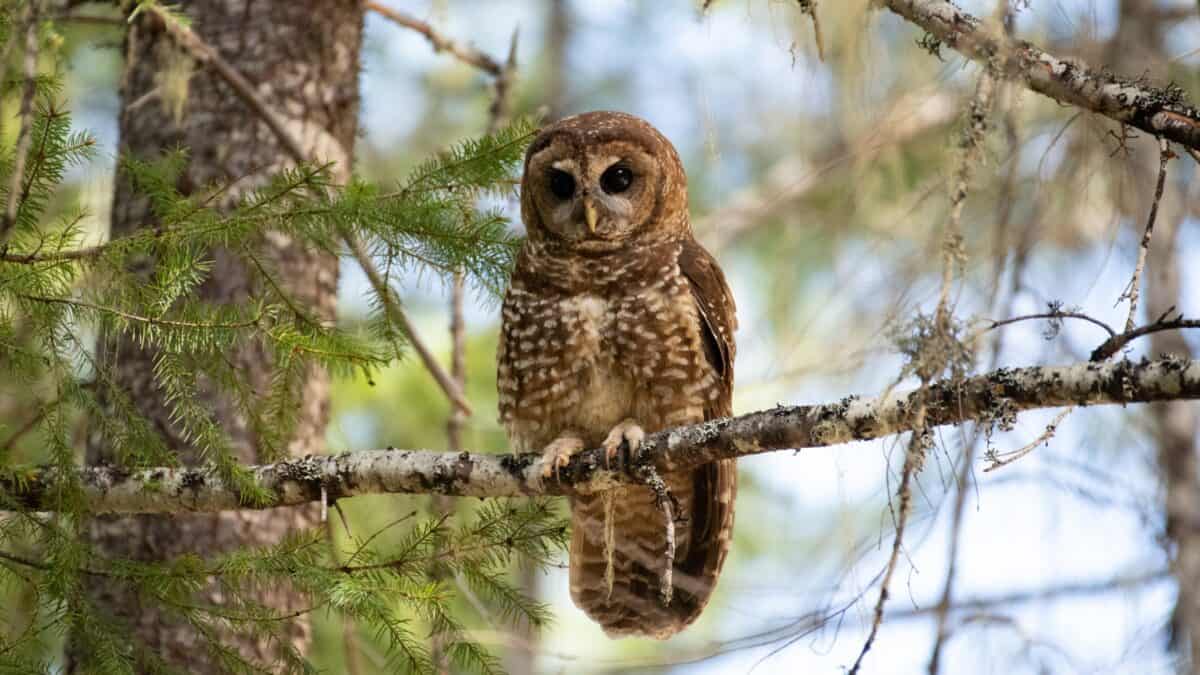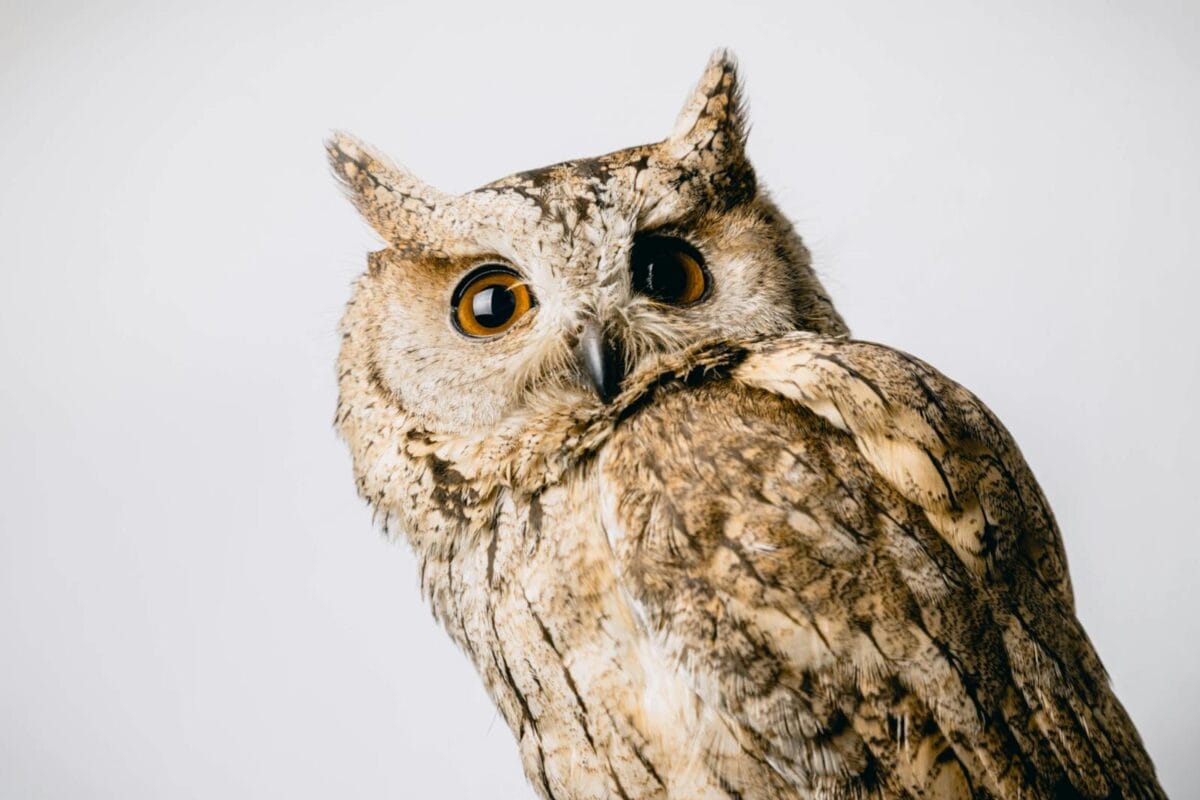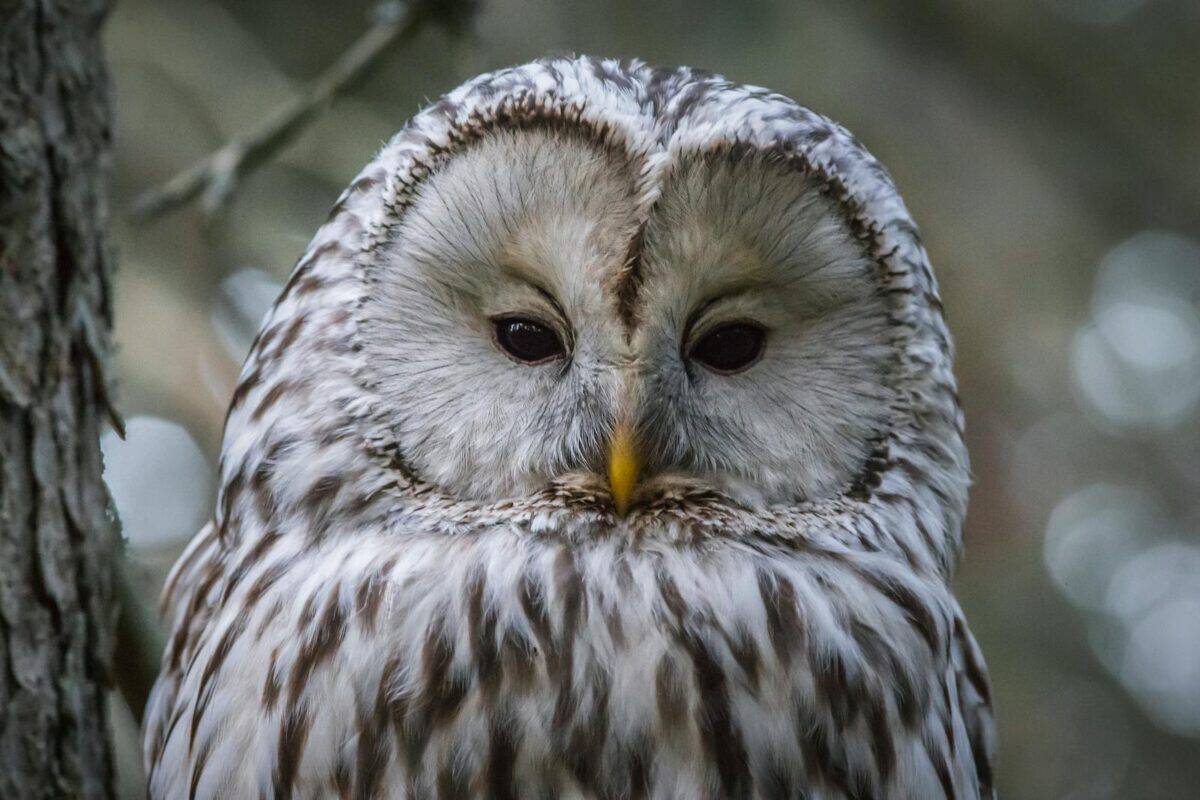Owls are captivating creatures that have fascinated humans for centuries, often seen as symbols of wisdom and mystery. One of their most remarkable features is their ability to turn their heads in a seemingly impossible manner. Have you ever wondered just how far an owl can really rotate its head, and what allows them to perform this extraordinary feat? Let’s delve into the science behind this fascinating ability.
Understanding Owl Anatomy

Owls have a unique anatomical structure that sets them apart from many other birds. Unlike humans, who possess seven cervical vertebrae, owls have 14, granting them a much greater range of motion in their necks. This additional vertebrae allows for extensive flexibility, which plays a crucial role in their ability to rotate their heads.
The Extent of Owl Head Rotation

Contrary to popular belief, owls cannot turn their heads a full 360 degrees. However, they can achieve an impressive rotation of about 270 degrees in either direction. This remarkable flexibility ensures that owls can look over their shoulders and track prey or predators with ease while their body remains stationary.
Why Owls Can’t Move Their Eyes

One reason owls need such a wide range of neck mobility is because their eyes are fixed in their sockets. Unlike humans, who can move their eyes within the orbit, owls must turn their entire head to shift their gaze. This anatomical trait is compensated by their extraordinary neck flexibility.
How Blood Flow is Maintained During Rotation

The anatomical adaptations that allow owls to rotate their heads also ensure that blood flow to the brain is not interrupted. Owls have specially adapted blood vessels with extra cushioning and reservoir-like structures, called vascular adaptations, which store blood. This system ensures that no matter how far they turn their heads, ample blood continues to supply their brains.
The Role of Owl Vision

Owls are primarily nocturnal hunters, relying heavily on their acute vision to locate prey. Their large eyes are highly adapted for low-light conditions, allowing them to see in minimal light. This exceptional eyesight, coupled with their head-turning ability, makes owls formidable predators in the dark.
Muscular Strength and Flexibility

The neck muscles of owls are both strong and flexible, providing the necessary support and movement required for their head-turning abilities. This combination of strength and flexibility is essential for their survival, enabling them to react quickly and effectively in their environment.
Comparisons to Other Birds

While many birds have some degree of neck flexibility, owls are among the few that can turn their heads to such a dramatic extent. The anatomy that provides this capability is a significant evolutionary advantage, allowing for a wider field of view without alerting potential prey or predators with body movement.
Adaptive Evolutionary Traits

Owls’ head-turning capabilities are a product of evolutionary necessity. The development of such a wide range of neck motion is closely tied to their lifestyle and hunting techniques, providing insight into how species adapt specific traits to thrive in their environments.
The Myths and Misconceptions

Throughout history, owls have been shrouded in myths, partly due to their unusual abilities. The notion that they can turn their heads completely around is one such myth, though their actual 270-degree rotation is mighty impressive in its own right. Understanding the reality dispels myths and focuses appreciation on their true capabilities.
The Role of Owls in Ecosystems

Owls play a vital role in maintaining the balance of the ecosystems in which they reside. As predators, they help control rodent and insect populations, thereby preventing overpopulation and the spread of disease. Their head-turning ability is an essential tool in their hunting arsenal.
How Conservation Efforts Help Owls

Conservation efforts aimed at preserving owl habitats are crucial for their survival. Protecting the ecosystems that support owls ensures that these fascinating birds can continue to thrive and perform their ecological roles. Public awareness and education on their head-turning abilities can foster deeper appreciation and support for these efforts.
Conclusion: Nature’s Remarkable Design

The ability of owls to turn their heads up to 270 degrees is a testament to the wonders of nature’s design. This extraordinary adaptation highlights how evolution shapes the anatomy and capabilities of living organisms to suit their environments. By understanding and appreciating such unique traits, we can better grasp the complexity and beauty of the natural world, and why it’s essential to protect it for future generations. Owls, with their mysterious allure and impressive adaptations, serve as a poignant reminder of the marvels that still await discovery in our natural world.
- How Do Animals Find Their Way Home Without GPS? - August 20, 2025
- Why Some Animals Can Live for Hundreds of Years - August 20, 2025
- The Most Mysterious Shark Species Ever Spotted Near US Shores - August 20, 2025

